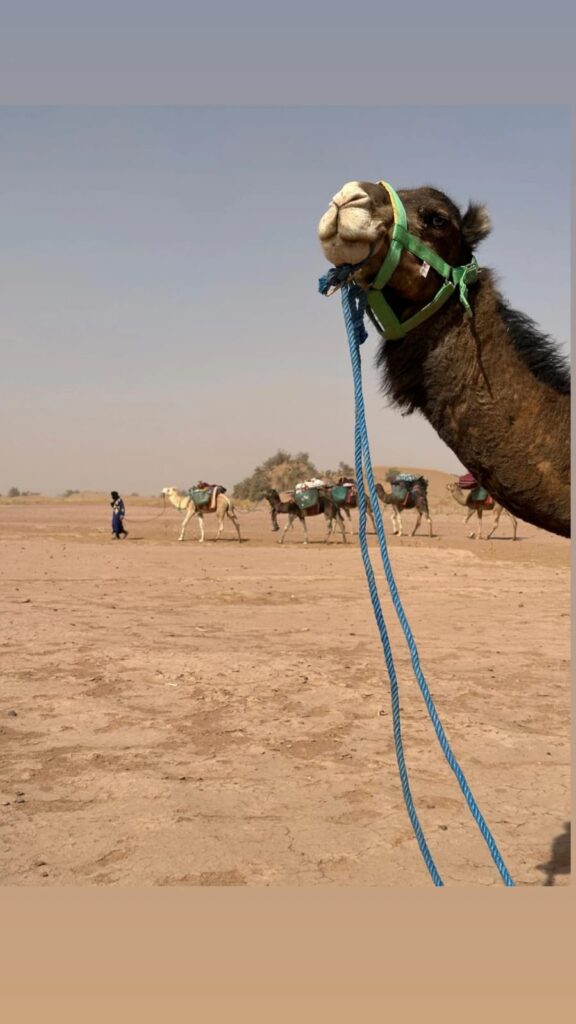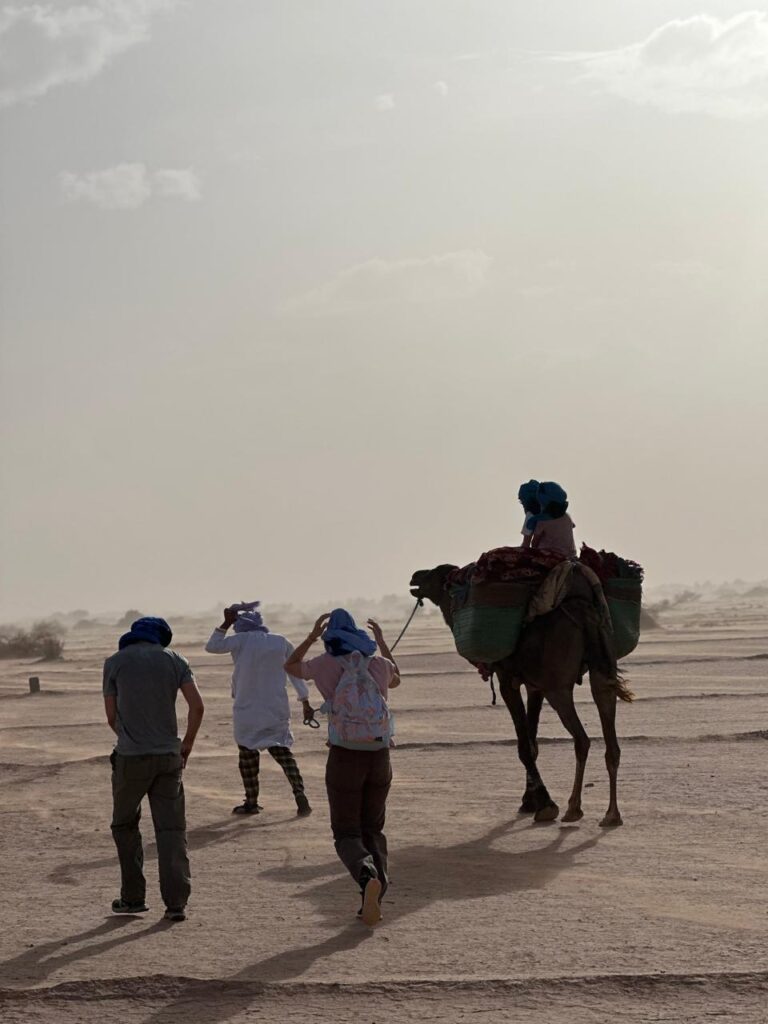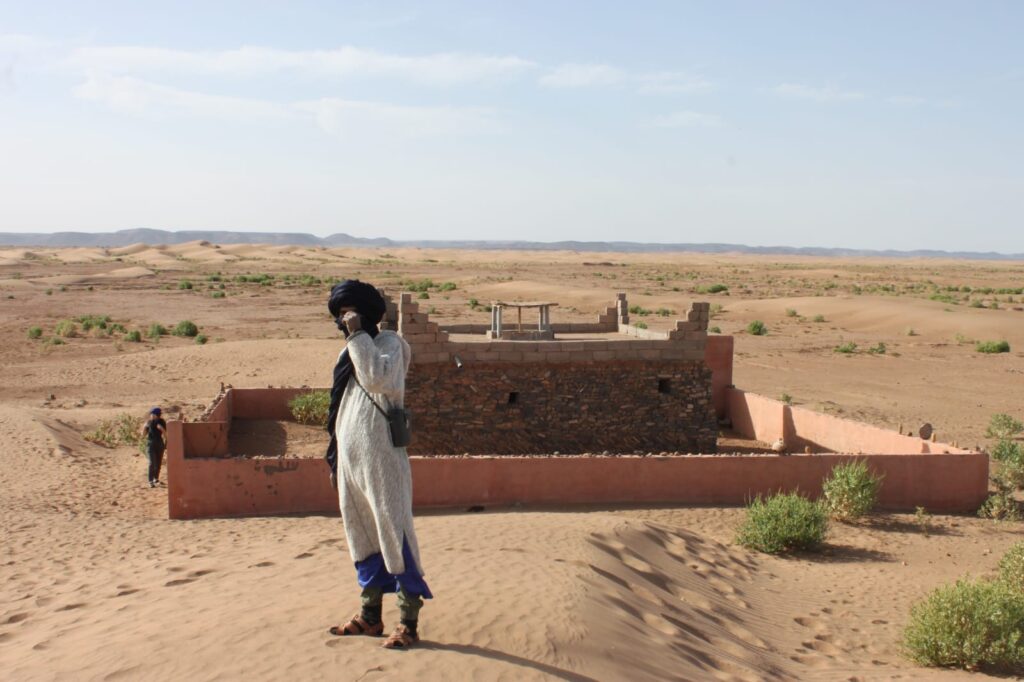Travel where history walked—in the footsteps of desert caravans.
Long before modern borders and highways, the Sahara Desert was a sea of shifting sands crisscrossed by camel caravans—the lifelines of trade, culture, and connection. At the heart of these ancient routes was Timbuktu, the legendary city of gold and knowledge, where caravans from Morocco and across North Africa once converged.
To walk in the shadow of the Timbuktu caravans is to follow in the footsteps of traders, scholars, and nomads who shaped the desert’s silent legacy.
Timbuktu: A Desert City of Legend
Located in present-day Mali, Timbuktu rose to fame between the 13th and 16th centuries as a center of Islamic learning, trade, and diplomacy. It was a key hub in the trans-Saharan trade routes, where camel caravans brought salt from the Sahara, gold from West Africa, and manuscripts from Arab lands.
For Moroccan merchants, especially from cities like Fez, Sijilmassa, and Zagora, Timbuktu was the end point of epic journeys through the desert’s most unforgiving terrain.
The Camel Caravan Routes
The route from Morocco to Timbuktu was one of the most challenging and storied in Africa. Caravans departed from cities like:
Sijilmassa (an ancient trade city near today’s Rissani)
Zagora, known for its iconic sign: “Tombouctou 52 jours” (“Timbuktu – 52 days”)
M’hamid El Ghizlane, the last village before the true desert begins
Caravans could include hundreds of camels and dozens of men, traveling for weeks or months across the Erg Chebbi, Erg Chigaga, and the Tanezrouft, facing heat, wind, and shifting dunes. Their loads included:
Salt slabs from Taoudenni
Gold and ivory from sub-Saharan Africa
Dates, fabrics, spices, and books
Life on the Caravan Trail
These journeys were tests of endurance and cooperation. Nomadic guides, often Tuareg or Berber, led the way using stars and ancestral memory. Camels, known as the “ships of the desert,” carried goods and travelers across vast distances, surviving days without water.
At night, camps were set up near wells or in the shelter of dunes. Meals were simple—dates, tea, bread baked in the sand—but the spirit was rich with stories, songs, and prayers.
A Legacy Written in Sand and Memory
Though modern borders and transport have changed the trade landscape, the spirit of the Timbuktu caravans lives on. You can still find traces of their routes in southern Morocco—ancient wells, caravanserais, and oral traditions passed down by desert families.
Villages like Zagora, Tamegroute, and M’hamid carry the memory of these journeys. Desert guides and elders speak of ancestors who once walked to Timbuktu, carrying goods, wisdom, and faith through endless sands.
Experience the Caravan Spirit Today
At Nomadi Morocco Experience, we honor the legacy of the Timbuktu caravans by offering authentic desert treks and cultural experiences. Ride camels across the same dunes, sit by the fire under the stars, and listen to stories of the great caravans that once crossed these lands.
Whether you’re on a short trek or a multi-day journey, you’ll feel the spirit of connection, patience, and endurance that defined these ancient trails.
Follow the footsteps of the ancients.
Let the desert guide you along the lost caravan paths to a time when silence, stars, and stories were all you needed.
Contact us to plan your own desert journey inspired by the legendary Timbuktu caravans.






